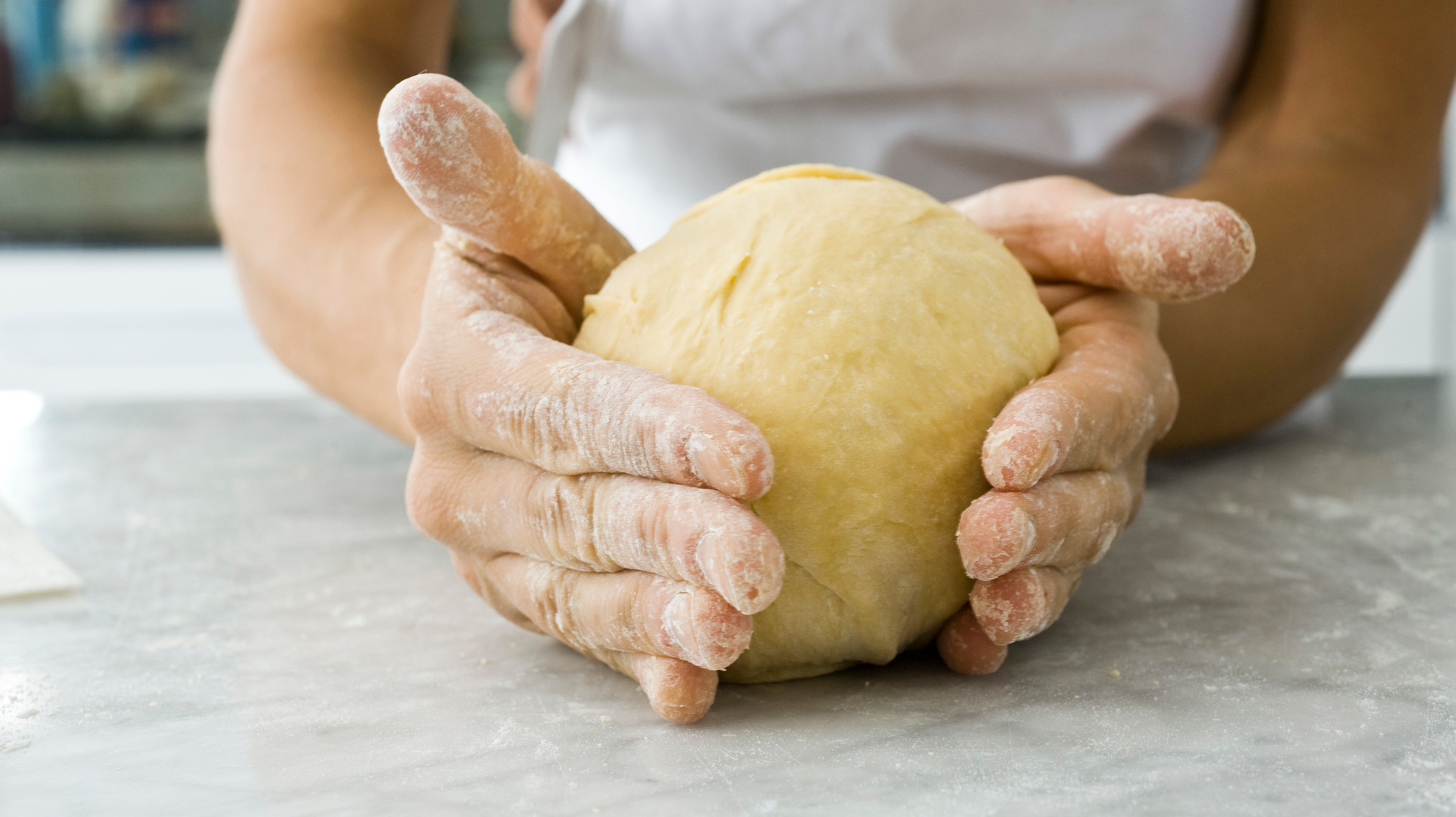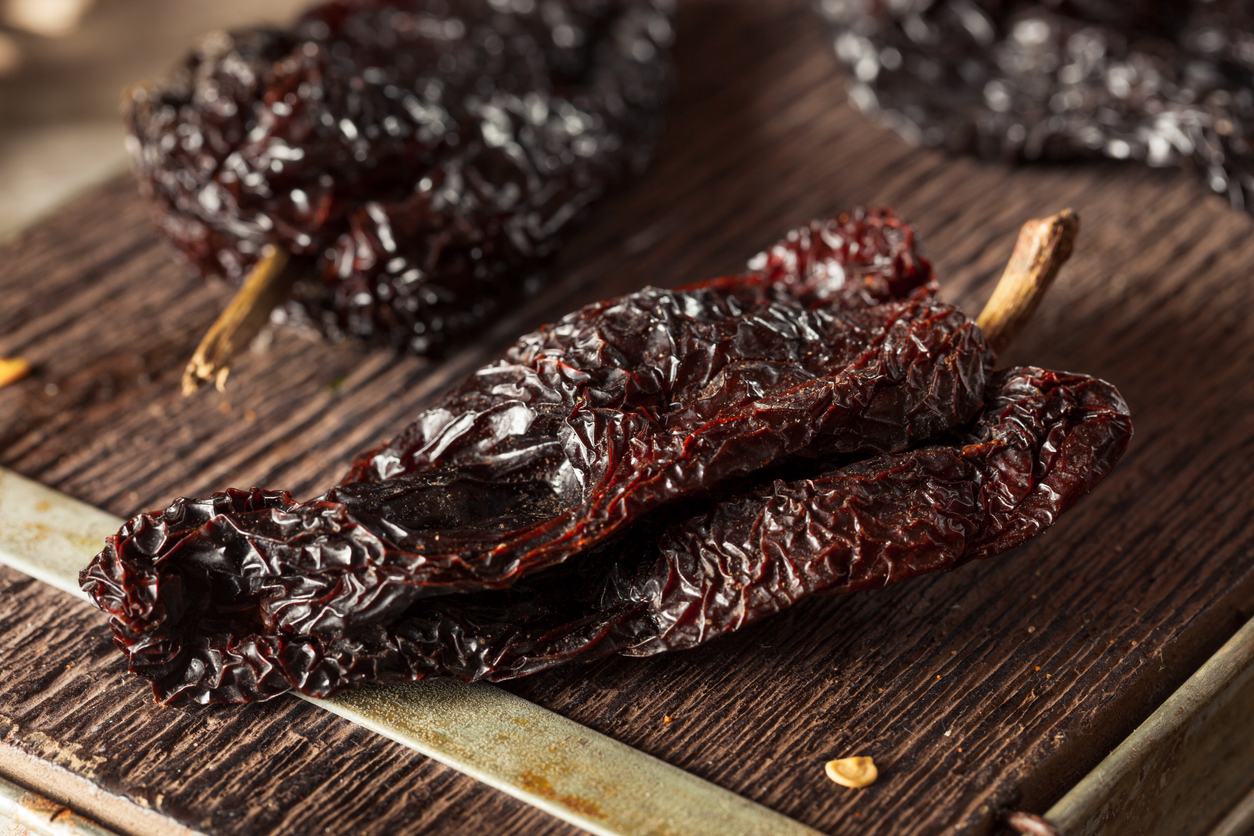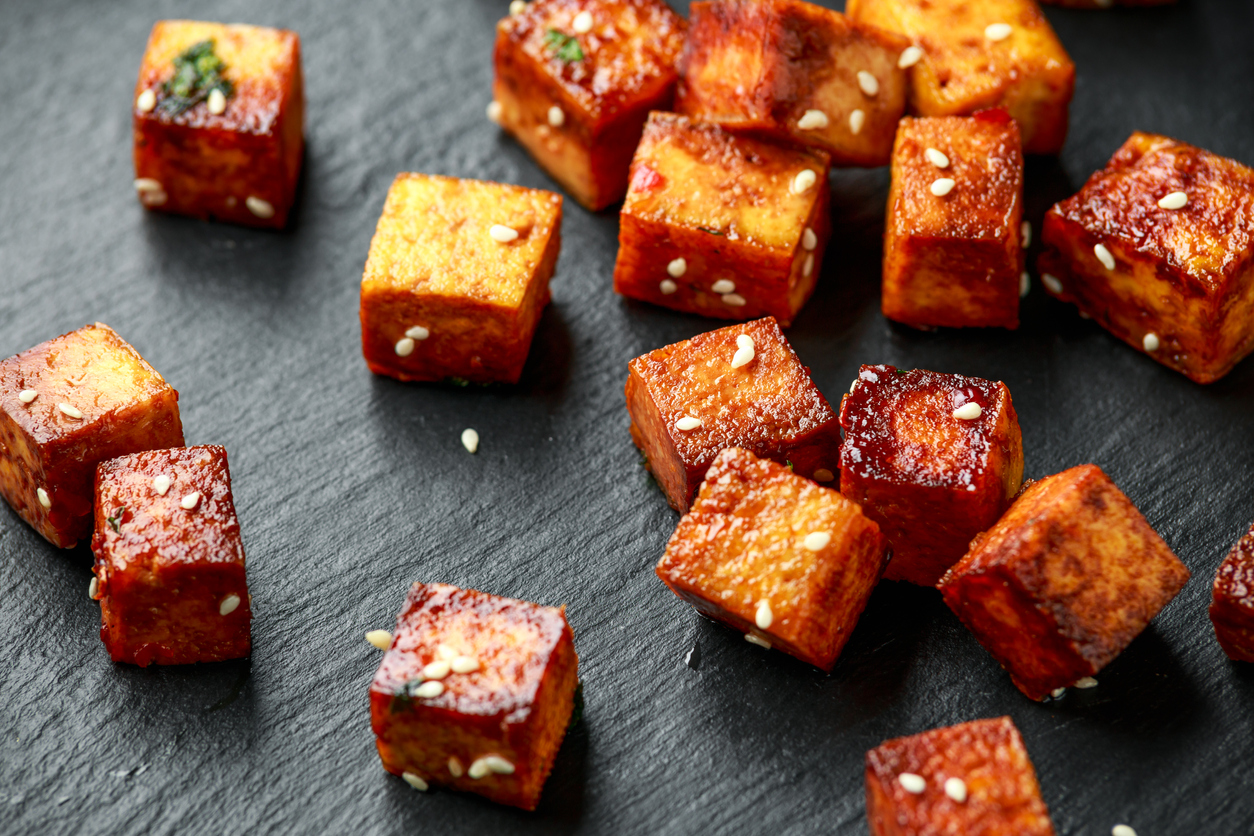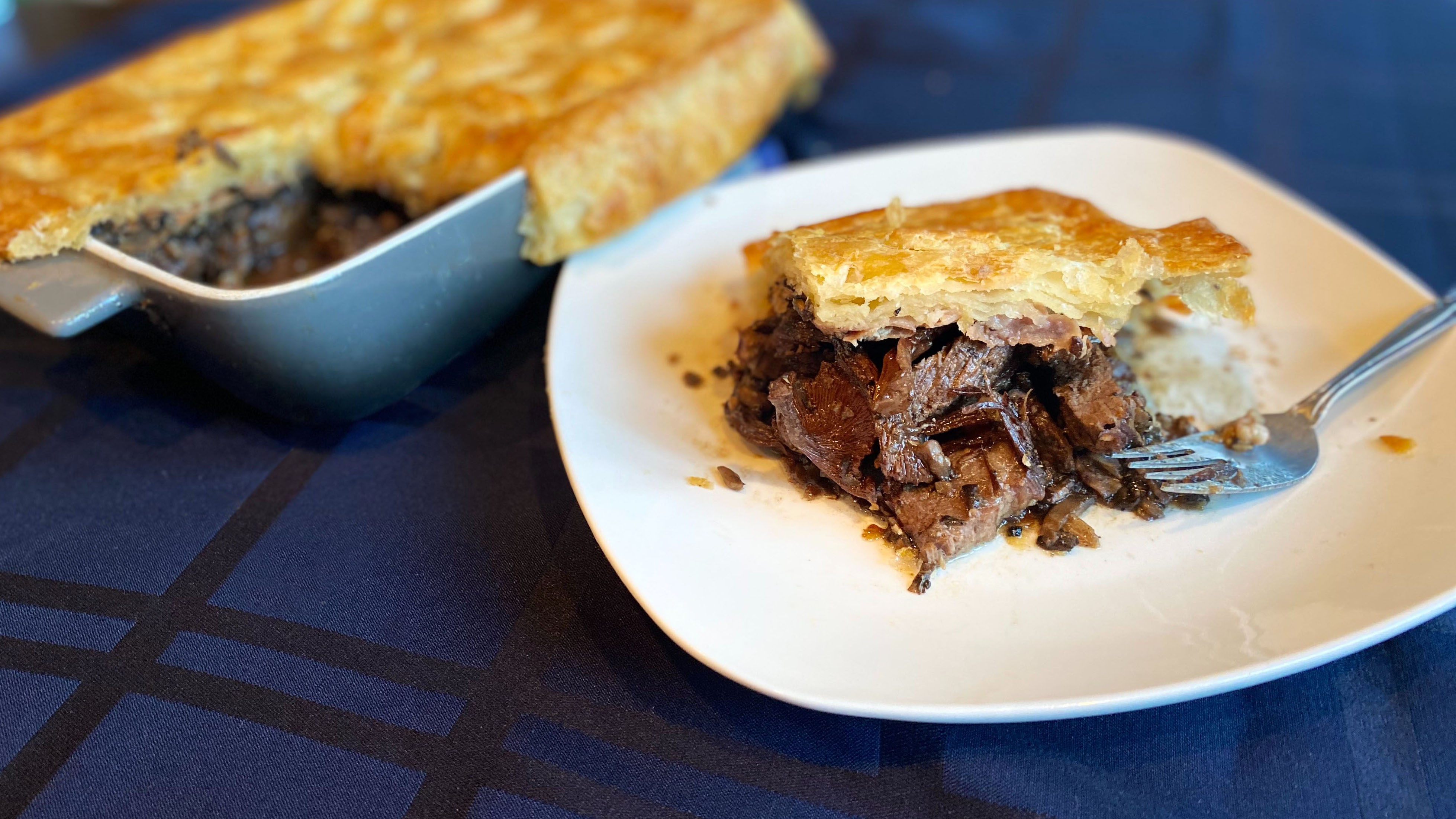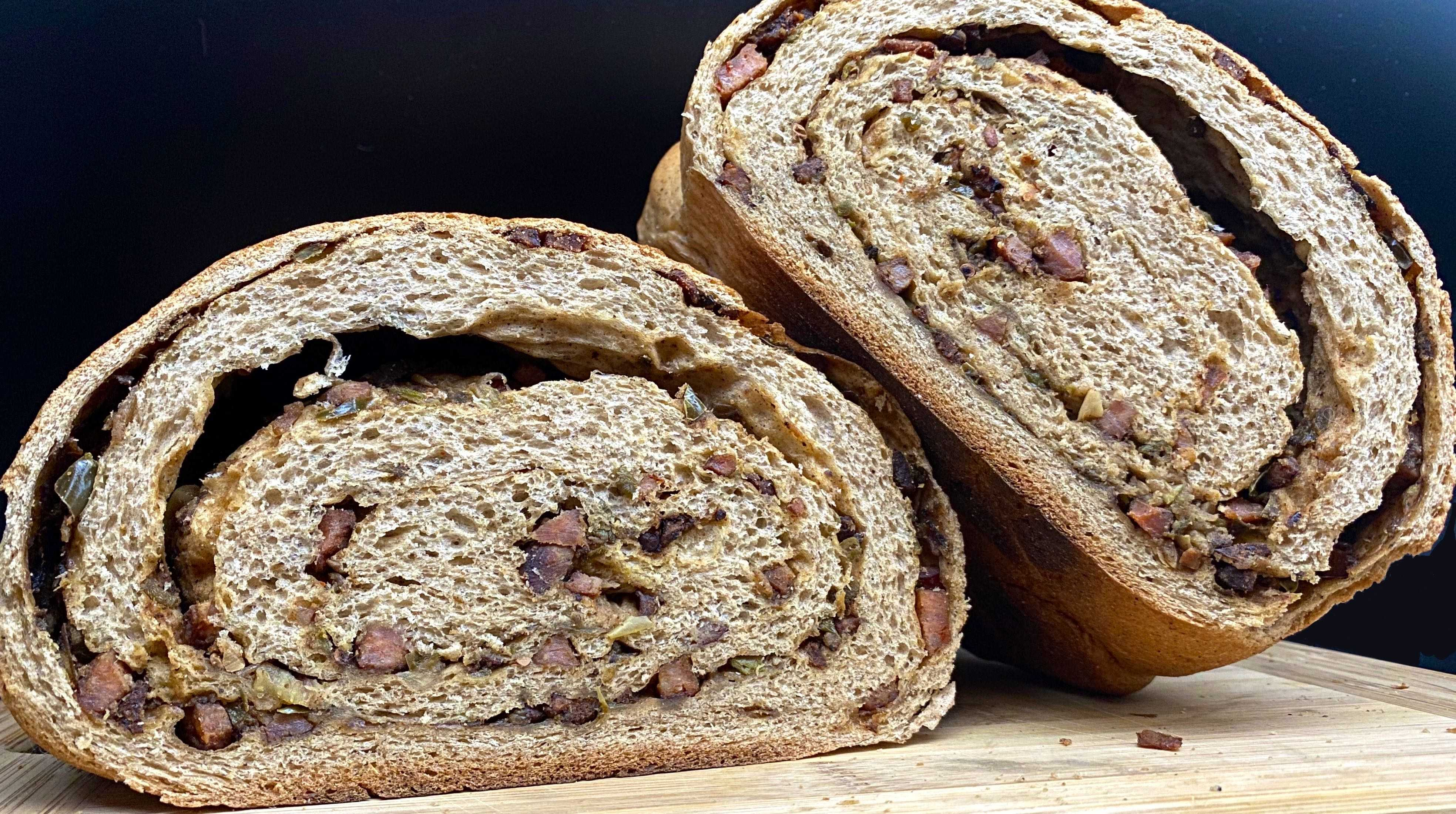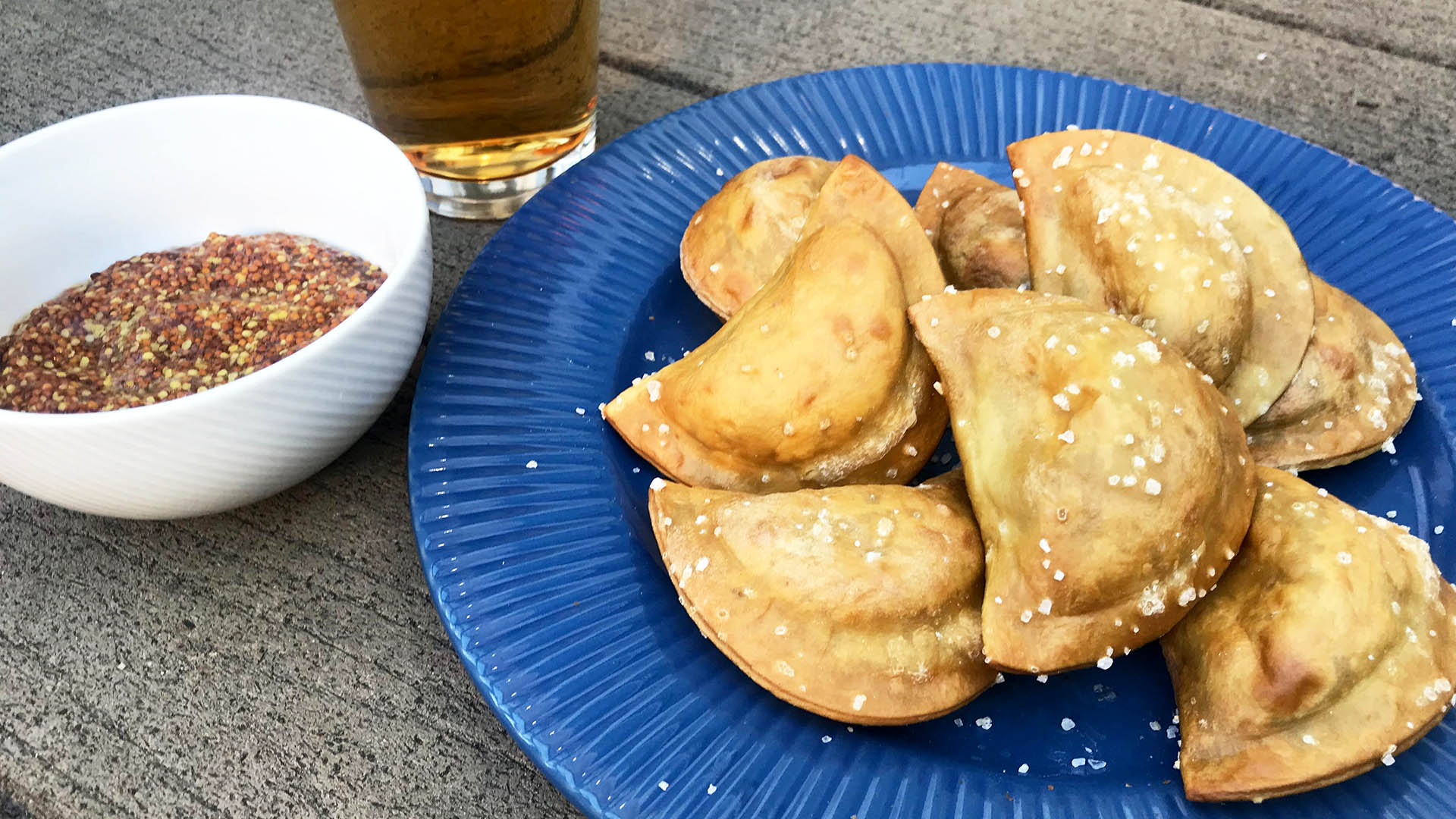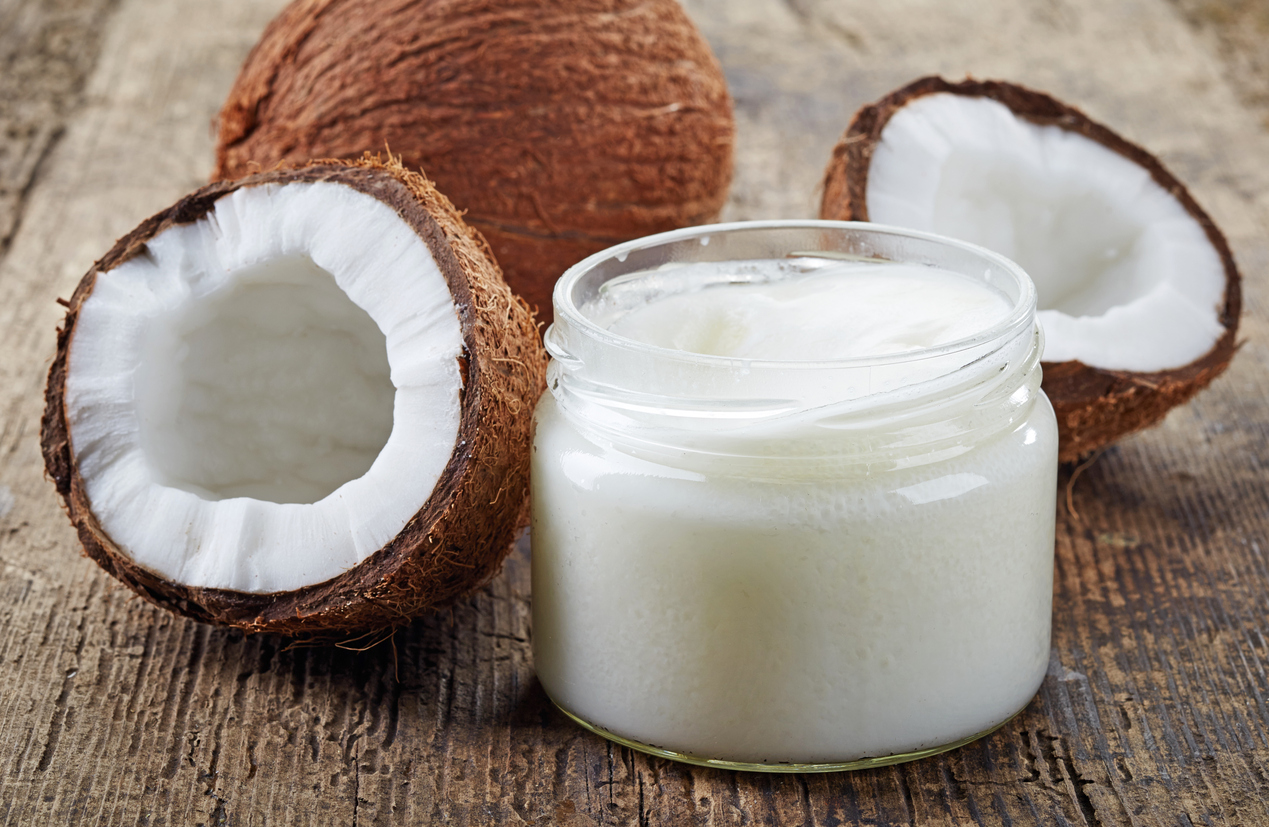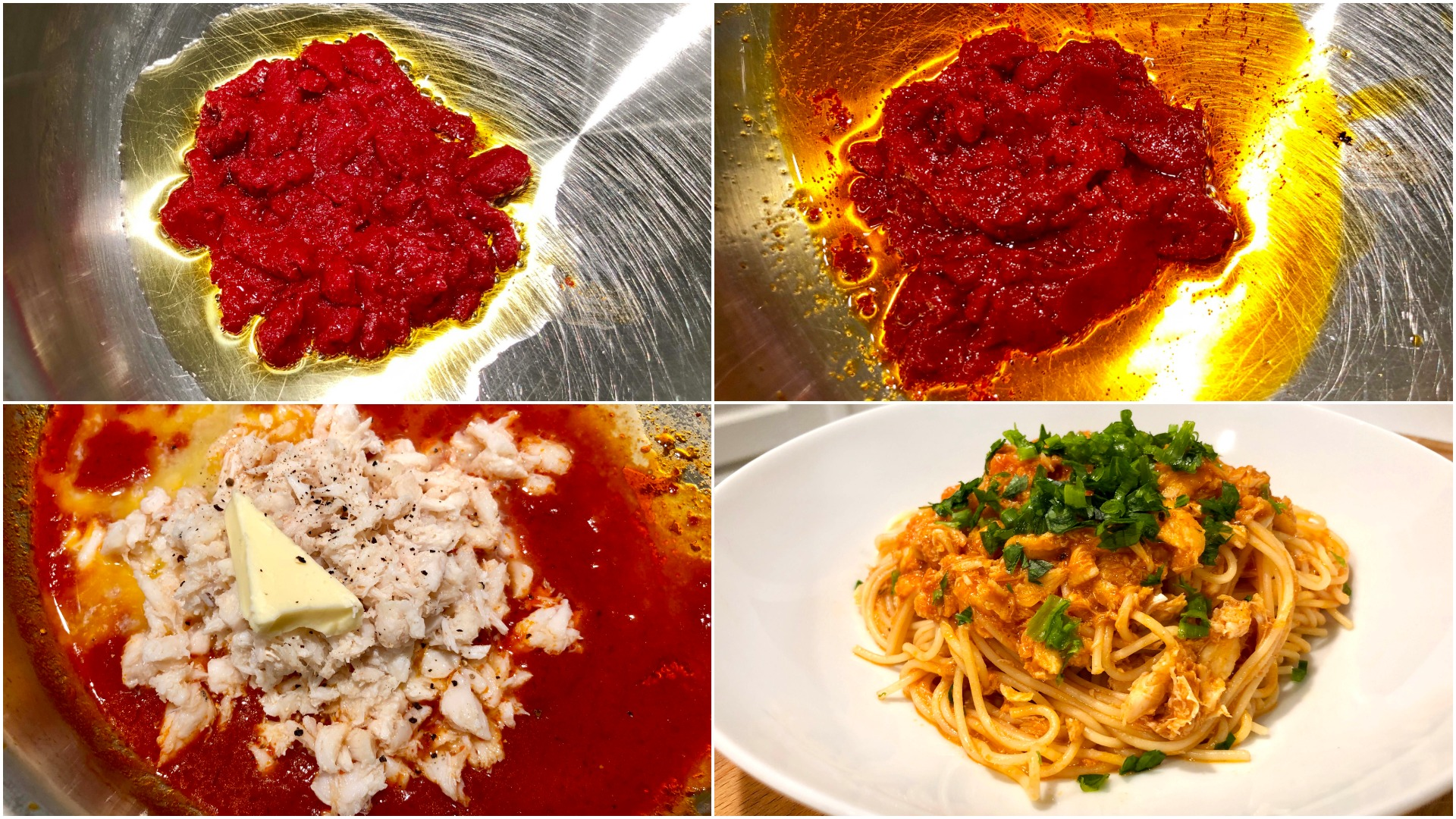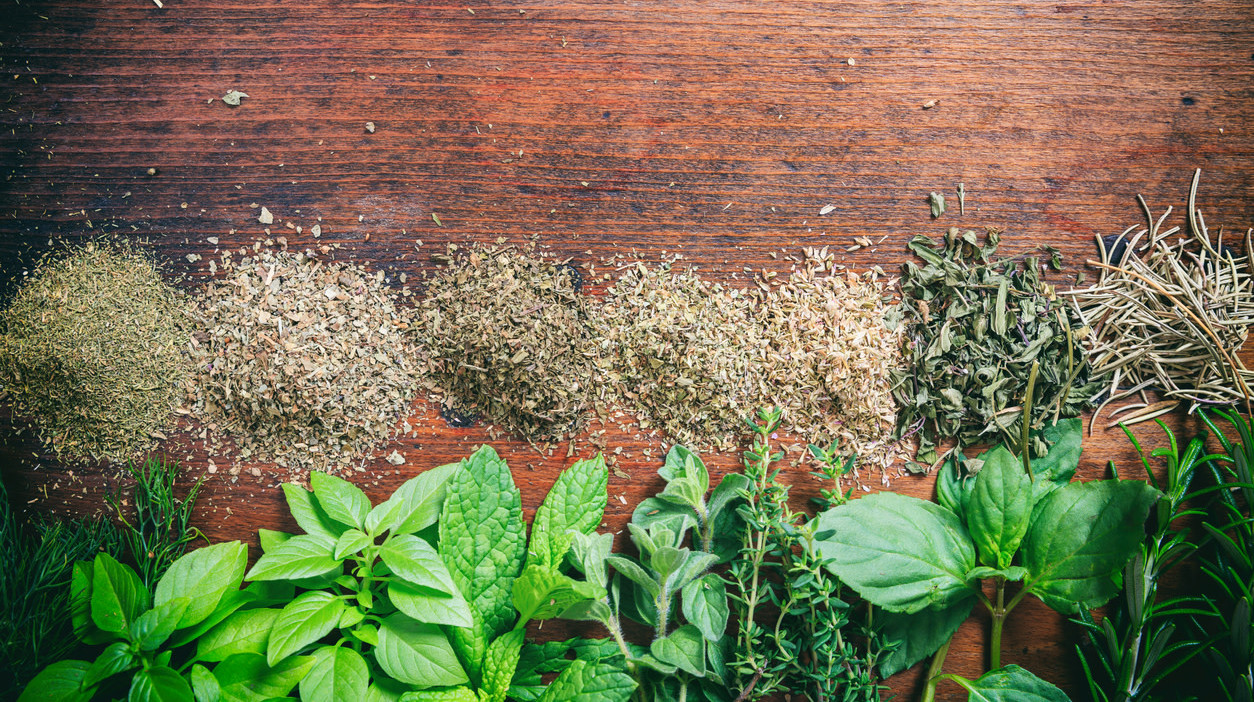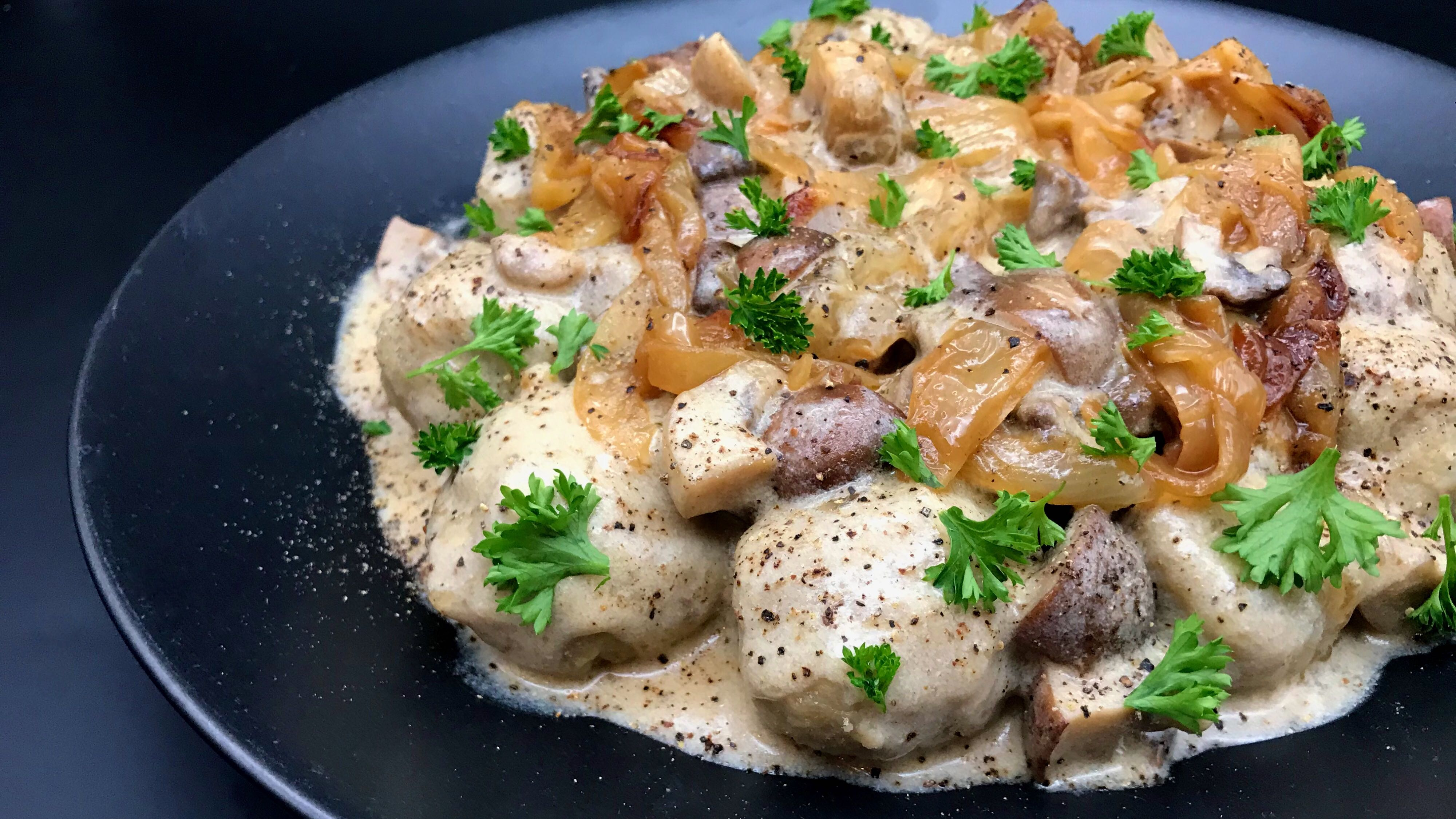Want To Learn A New Cooking Skill? Start With These Recipes
Every few weeks, someone goes viral on Twitter for complaining that the free recipes they find online are "too wordy." Even Mindy Kaling recently tweeted, "Why do all online recipes have endless pages of the chef's whole life story about the recipe and then on the 12th page is the actual recipe? I just want the recipe!" But here's what the haters don't realize: The text that comes before the recipe is not mindless filler—it's meant to improve your experience of the food. Sometimes it helps to contextualize the dish, or amazes you with fun facts, or schools you in culinary history. And just as often, those opening paragraphs will teach you a brand-new technique to help you master that particular recipe and, by extension, master the art of cooking.
The recipes in this slideshow are more than just recipes. They contain tips, tricks, and techniques that will make you a better cook, and they might even open your mind (and palate) to a whole new world of delicious possibilities.
This chicken stew recipe holds a spicy secret
Chimole—or "black dinna"—is a chicken stew that's the unofficial national dish of Belize. Would a country really make something their unofficial national dish if it was bad? (Besides Scotland, of course.) The only thing that's stopping any of us from making chimole a regular part of our diets is the difficulty of procuring a quality recado negro, a Mayan spice paste whose primary ingredient is dried chili peppers that have been burned with fire until they're pitch-black. It seemed impossible to make recado negro in a home kitchen without filling the house with DIY pepper spray—something that happened multiple times during the recipe testing process—but using a bit of science and a lot of trial and error, we cracked the code to a superior homemade spice paste that won't create any unwanted tear gas. Learn our secrets here.
You’ll never have to settle for soggy tofu, thanks to this genius hack
To get a good, crispy sear on tofu, or to help it absorb flavorful marinades, tofu needs to be pressed first. Most recipes suggest the same method: Put the tofu between two thick layers of paper towels, then place something weighted on top so that its water can slowly leach out. This process is time-consuming, occasionally messy, and when compared to the genius method described in this recipe, not all that effective. To really wring the excess moisture out of tofu, look to your old friend the microwave, which is good for so much more than just heating up frozen burritos. All the crispy details can be found here.
Think it’s too hard to make puff pastry? Think again.
A pot pie filled will braised short ribs, whole morels, wild mushroom duxelles, foie gras pate, and Proscuttio di Parma deserves a better lid than flavorless, underwhelming store-bought frozen puff pastry. The problem is, a lot of home cooks are too intimidated to try their hand at homemade all-butter puff pastry because it's a massive pain in the ass to make. But those who doubt their abilities should have no fear! Within this recipe is a tutorial for "rough" puff pastry, which is not quite the real thing, but damn close. Unlike pastry doughs that rely on a ton of visual clues, this one just asks that you trust it. When you begin, it will look like a disaster; then, after a few steps, it will look like a not-so-bad disaster. A little bit further, the dough will look kinda sorta maybe okay-ish? And then—voila!—by some miracle a beautiful rough puff pastry appears, ready to be used in a hearty pot pie or a delicate mille-feuille, or as cheese straws or turnovers or whatever else your heart says to make with it. Learn rough puff here.
A roux-dimentary shortcut for Cajun cooking
If you've ever read a gumbo recipe or seen one on TV, you are already know the importance of "the roux." Unlike the quickly cooked blonde roux we use to thicken stews and sauces, gumbo roux is cooked slowly until it's the color of milk chocolate, a process which—according to American treasure Emeril Lagasse—can take up to 45 minutes. No one has time to stand by the stove, stirring constantly, for 45 minutes, which is why many gumbo-lovin' Louisianans buy their roux in a jar or powdered mix. This bread is imbued with authentic gumbo flavor by pre-toasting a portion of its flour in a dry skillet. When cooked in a pan with a bit of melted fat, that toasted flour transforms into a deeply brown roux in less than two minutes. Read more about it here.
The question you should be asking yourself is what can’t be pretzel-ed
If you think that making pretzel-dough-wrapped pierogi is going to be a gigantic production, you couldn't be more wrong. In fact, this recipe uses store-bought pierogi and transforms their doughy exteriors into crisp, brown pretzel shells using a nifty bit of kitchen chemistry you can use to make pretzel rolls, pretzel bagels, pretzel croissants, or pretzel anything-you-want. Learn the secrets to pretzel-fying here.
Build a better (vegan!) biscuit with this coconut oil trick
Coconut oil can be a great substitute for butter or shortening when baking, but it can be aggravating to work with in recipes that call for fat to be cut into flour. Even when cold, butter and shortening are relatively malleable, and can easily be smooshed into small pieces with the back of a fork. Cold coconut oil, on the other hand, is waxy and rock-solid, which makes it much harder to cut into dry ingredients. In this recipe for coconut, guava, and ginger biscuits, melted coconut oil is frozen into a solid sheet and then broken up into tiny shards of ice-cold fat. The result: beautiful, flaky layers, no cutting required. Read about it here.
A tomato paste solution that can make any dish extraordinary
Sometimes you have no choice but to cook with less than ideal ingredients; while canned crab isn't terrible, it shall always pale in comparison to the real thing. One way to save yourself from a middling meal is by accentuating that ingredient with something that can make it sing in ways you'd never expect, and when you're making a pasta sauce, you'd be amazed at the sort of miracles caramelized tomato paste can perform. Find those miracles here.
Never throw out fresh herbs again with this air fryer hack
Despite what you've seen on infomercials, air fryers can't cook everything. We initially tested this dish for crispy Thai fish in a lip-puckering tamarind sauce by cooking it in the air fryer, and there's no question that this is a recipe that demands frying in hot oil on the stove. Though its ability to cook fish was rather disappointing, the air fryer made all the difference when it came to the garnish: its high blast of convection heat can transform fresh herbs into crispy, delicate leaves of concentrated flavor that can be scattered across this (or any) dish.
Sharpen your senses with potato dumplings
There is one essential element in cooking that is impossible to teach through the written word, and that is instinct. The only way you can develop instinct is by learning to trust your gut, which is much harder than it sounds, particularly for those who understand that their instincts are frequently garbage. Making potato dumplings is a low-cost, simple way to begin to hone your senses so that, eventually, you'll learn how to trust them in the kitchen.
